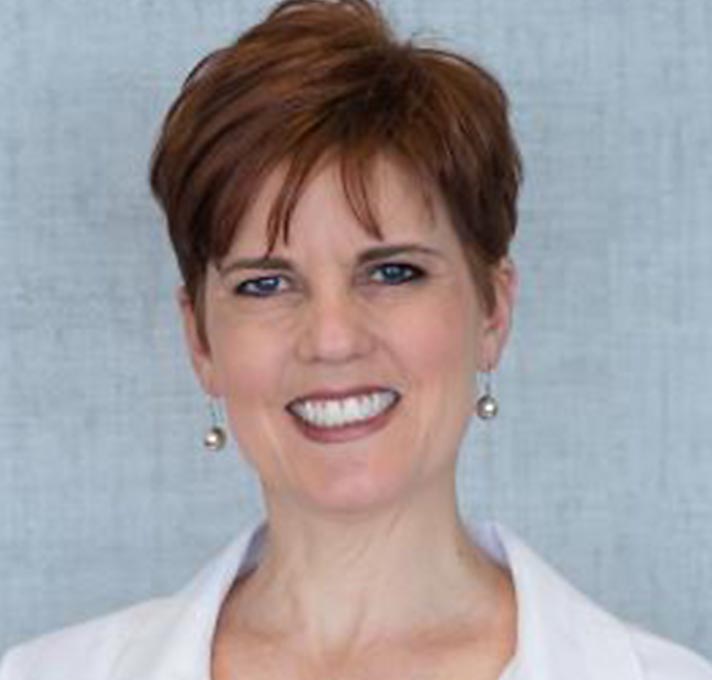Managing Staffing Challenges
Operations
The Great Resignation, the Great Reshuffle, acute staffing challenges: whatever you call it, it’s clear organizations are struggling to hire and retain staff. Limited staff has put pressure on neurologists, advanced practice providers, and administrators to fill in the gaps to ensure patients’ needs are met, making long days longer and exacerbating burnout symptoms.
In early 2022, the AAN’s Practice Management and Technology Subcommittee reached out to neurology business administrators and physicians involved in running the business operations of their organizations from across the country to learn what unique solutions they are finding to manage this crisis. Two-thirds of the 27 responses came from business administrators. Answers below are shared with the respondent’s permission, and percentages reflect the percentage of respondents that provided an answer to those questions and not a percentage of all 27 responses.
Free Webinar: Ask Me Anything About Staffing Challenges
Staffing challenges continue to impact organizations across the nation. Watch a recording of experienced Physician and Business Administrator members of the AAN sharing their own experiences, answer audience questions about staffing, including recruiting, retaining, and optimizing, and propose solutions in order to help navigate these uncertain times.
Read how your peers answered these staffing questions
What are some innovative ways you’ve optimized staff?
31% of business administrators indicated they are cross-training employees to optimize staffing. A cross-trained workforce can contribute to any function across the organization including the front desk, back desk, and clinic. The clinical benefits of cross-training include flexibility among staff, allowing many people to fill a variety of roles to meet the needs of the day.
Other ways to optimize staff include:
- Utilizing flexible schedules
- Employing telemedicine
- Automating processes
- Incorporating APPs
- Centralizing tasks
What are basic and creative strategies to retain staff?
Bonuses are the most popular tool to retain staff, and organizations are getting creative in how they distribute them. Besides a traditional signing bonus, organizations are incentivizing longevity by distributing quarterly retention bonuses and quality by giving bonuses when employees meet organization-identified metrics. Non-monetary bonuses are also popular with organizations providing lunches and corporate wear for employees.
Recognition was an equally popular strategy for retaining staff. Employers have established peer-to-peer programs utilizing online recognition boards and making public leader-to-employee recognition at team meetings a priority.
Other strategies include:
- Flexible schedules
- Base wage increases
- Building a fun working environment
- Adding benefits to employee compensation packages
- Career development
What have been your most effective recruitment tools?
Hosting a rotation for students was another successful method of attracting qualified candidates.
Business administrators recommend reaching out to medical assisting schools, technical programs, or even advance practice provider programs to be a host site for students’ clerkships. These partnerships not only help fill clinic needs, can ensure a good fit for long-term employment.
Posting positions on electronic job boards was a common suggestion, specifically those that can help vet candidates for your organization. Consider posting on job boards that reach diverse and underrepresented candidates. It has been proven a diverse organization is more successful and can help your organization reflect the population which you serve.
Other recruitment strategies include:
- Offering staff referral bonus
- Hosting open interviews
- Participating in career fairs
- Hiring a recruiter

We partnered with a local technical college to develop a training program for EEG and EMG/Nerve technicians. This has created a new, long-term candidate pool from which we will be able to draw; helping both our practice and the greater medical community close gaps in these critical resource areas.
Leann Garms
Raleigh Neurology Associates CEO
What are some benefits of other specialized staff?
Respondents felt neuropsychologists, clinical psychologists, and social workers added value to their organizations’ care teams. These specialists deliver much needed support by providing testing, guidance, and resources to patients affected by neurological disease. Utilizing their skills to their fullest can shift the bulk of patient counseling to these specialized team members, allowing physicians to practice at the top of their license and increasing physician availability for other patients. Additional benefits include expanded care coordination, improved practice efficiency, and being able to treat the patient holistically within the organization. Other specialized staff may include:
- Nutritionists
- Sleep technicians
- Infusion nurses
- EEG technicians
- Occupational and physical therapists
Administrators recommend keeping in mind several things when developing your plan for incorporating specialized staff in your organization. First, remember to assess the specialist’s space needs by asking where they best work with patients, for example in an exam room or a conference room, and how much time each day will the specialist need that space. Second, consider national and local regulations to maximize reimbursement. Lastly, as with all positions, ensure your organization is offering a competitive compensation package.
How have you established an appropriate staff/provider ratio?
Centralizing the workforce is a key factor in developing an organization’s staffing plan. In general, practices with more centralized services were able to support more providers with less staff. The number one centralized service was a consolidated call center. Prior authorization management is another service that can be centralized. Developing medical assistant teams was another strategy for developing the best staff to provider ratio for an organization. Teams can perform a variety of tasks including check in, rooming, intake, check out, refills, and patient calls; when crossed trained to multiple provider preferences, these teams can rotate and fill in on any task at any time lowering the number of support staff needed for each provider. Administrators recommend performing time studies to uncover areas that may be over or understaffed and consider the following when developing a staffing plan:
- What tasks can be accomplished prior to the patient’s exam and by whom?
- What tasks can be accomplished remotely?
- What roles can or need to be cross-trained?
- What tasks can be automated, e.g., dictation/scribing, check in, online support services?
- Are employees performing tasks to the top of their education and training?